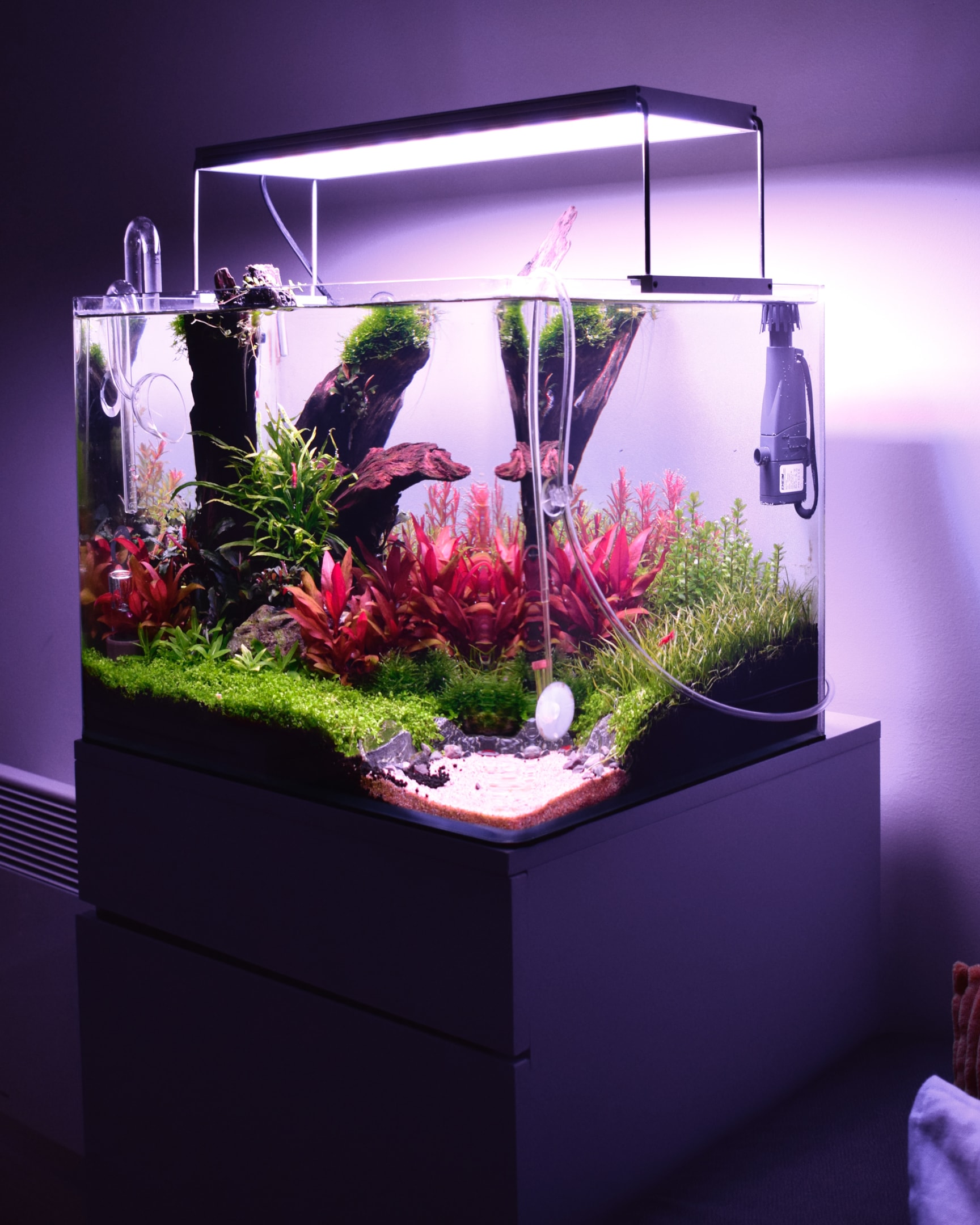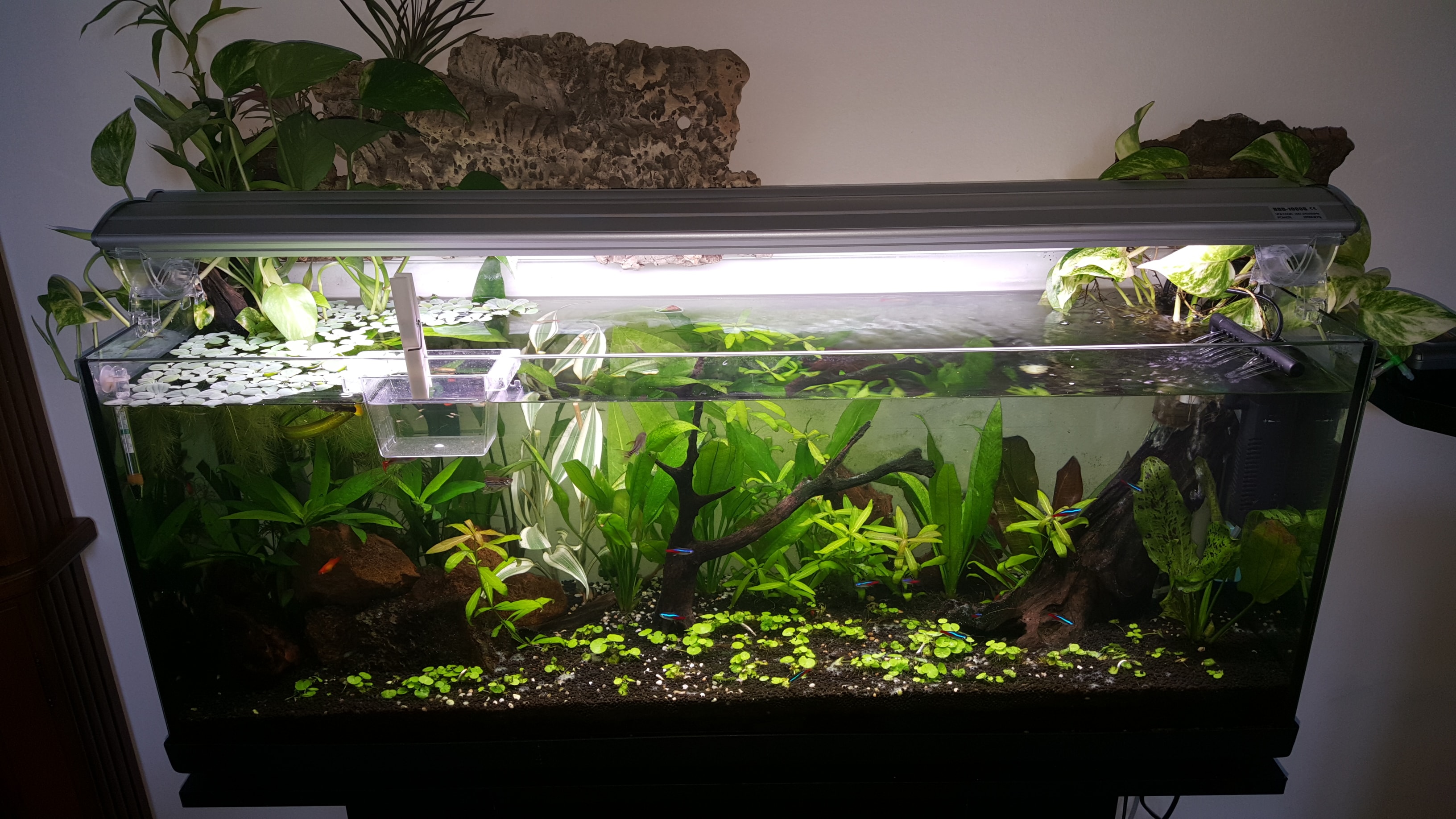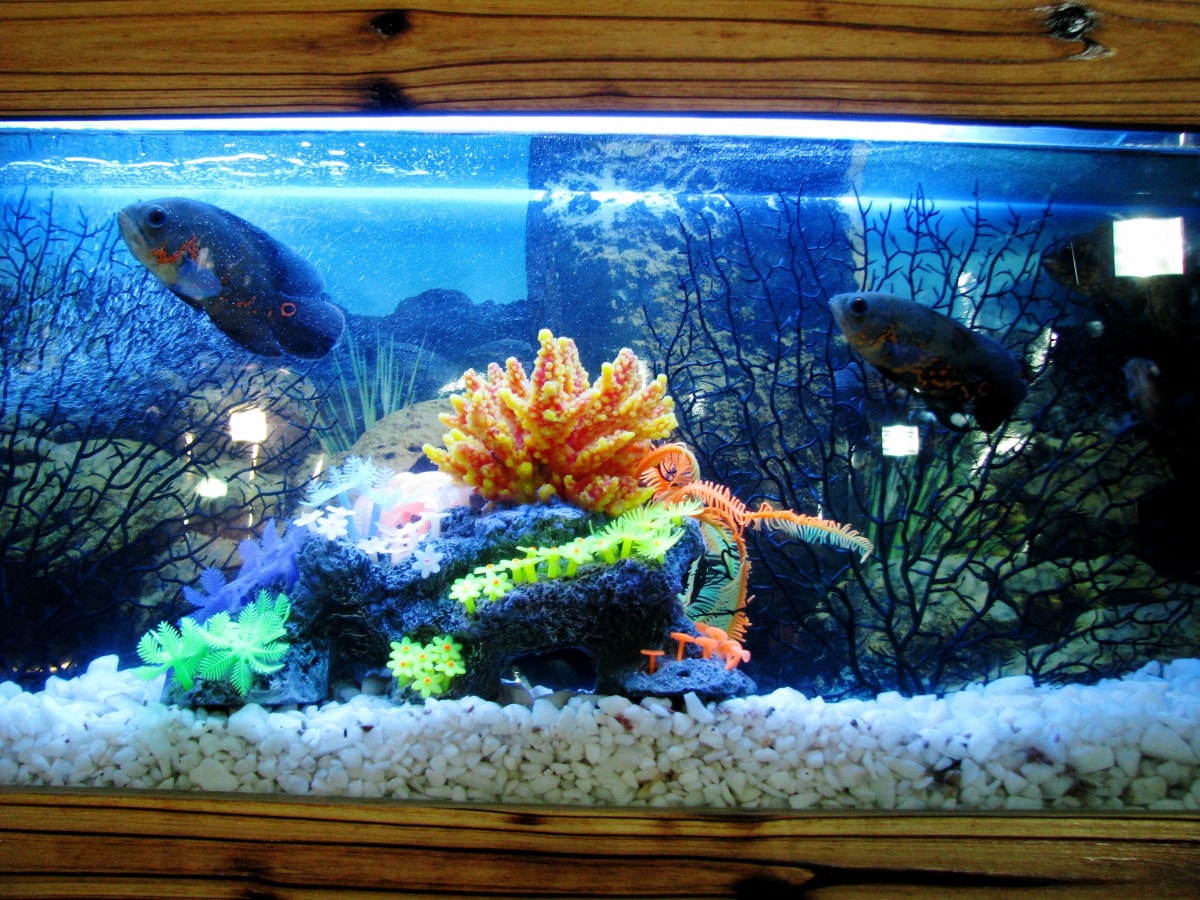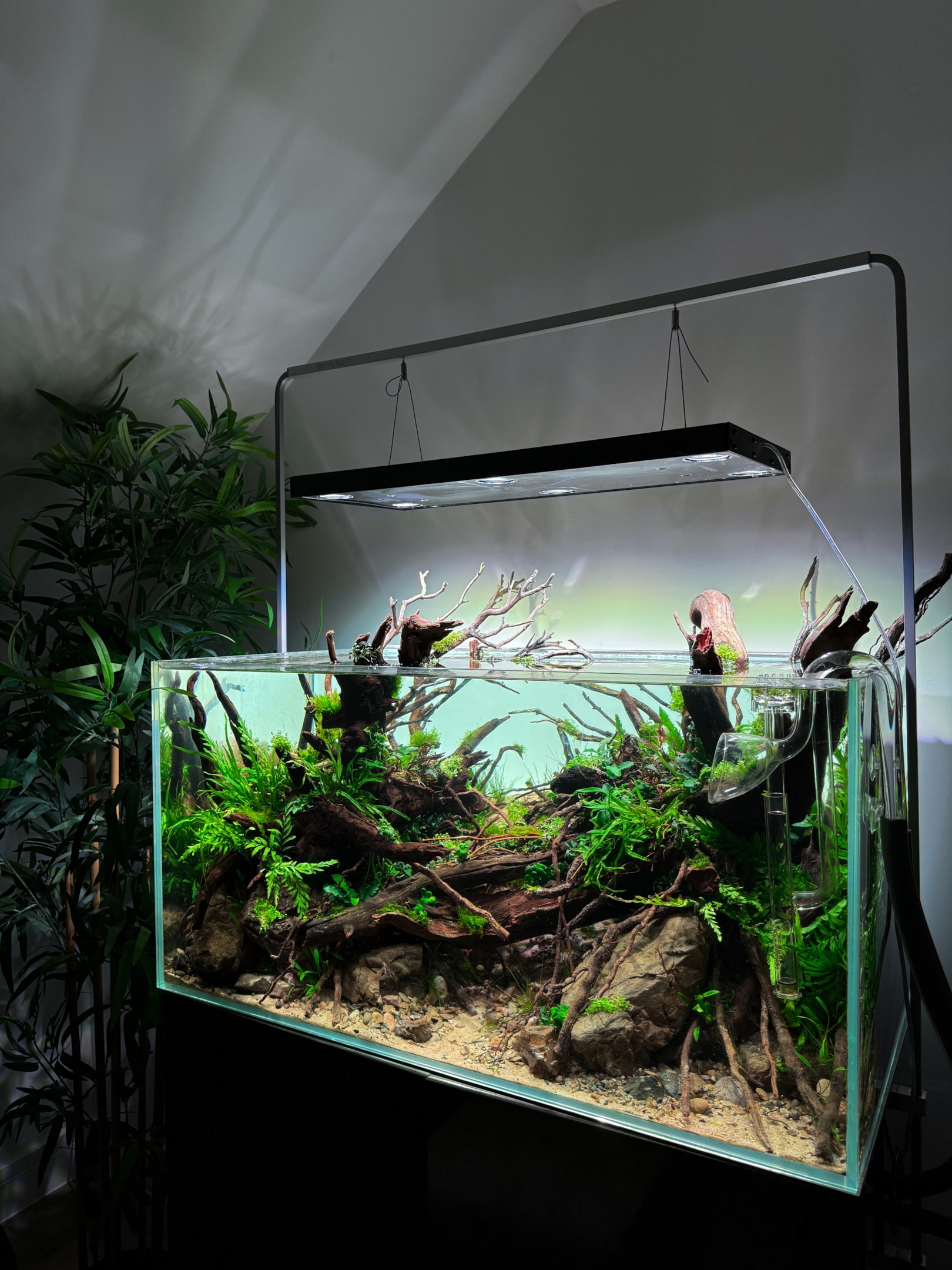How to balance aquarium lighting
Understanding the Importance of Lighting in Aquariums
Lighting plays a vital role in maintaining a healthy aquatic environment. It not only supports photosynthesis for aquatic plants but also helps regulate the daily behavior of fish and invertebrates. A well-lit tank mimics natural light cycles, making your aquarium more visually appealing and healthier for its inhabitants.
Choosing the best time to turn on aquarium light depends on your schedule and the natural rhythm of your tank. Ideally, lights should follow a consistent cycle, mimicking sunrise and sunset to reduce stress in fish and support healthy plant growth.
Improper lighting can result in unwanted algae blooms, dull-looking fish, and slow-growing plants. Setting up a proper lighting schedule and choosing the right equipment is the first step to achieving a well-balanced aquarium.

Types of Aquarium Lights: What Are Your Options?
There are several lighting options to choose from, each with its pros and cons. Fluorescent lights are energy-efficient and affordable, while metal halides offer high intensity, typically for large or deep tanks. However, LED aquarium light with timers is often the top pick for modern setups due to its longevity and customisability.
For a freshwater aquarium light, LEDs are ideal because they emit the right spectrum for plant growth and fish visibility. These lights can also be programmed to simulate sunrise, daylight, and sunset, creating a natural day-night rhythm.
The type of lighting you choose can affect plant growth, fish coloration, and algae levels. Selecting the right light for your setup ensures energy efficiency and optimal tank performance.
Choosing the Right Light Intensity for Your Aquarium
Light intensity influences how well your aquatic plants photosynthesise and how your aquarium looks overall. Too little light can hinder plant growth, while too much can encourage excessive algae. The key is finding the sweet spot for your particular setup.
Using the best aquarium light to prevent algae involves selecting one that provides enough PAR (Photosynthetically Active Radiation) for your plants without overwhelming the system. Full-spectrum LED lights are often preferred for this reason—they support growth but don’t overstimulate algae.
Make sure your light output matches your tank size, plant density, and type of inhabitants. Monitoring your plants and fish will help you adjust intensity as needed over time.

Duration Matters: How Long Should Aquarium Lights Be On?
The duration your aquarium lights stay on is just as important as their intensity. Many hobbyists ask, "how long should aquarium light be on?" or "how many hours of light for planted aquarium?" The general rule of thumb is 8 to 10 hours per day, but this can vary based on plant and algae growth.
Too much light can encourage algae, while too little light may not sustain healthy plants. Using a timer helps maintain a consistent schedule, reducing fluctuations that stress fish and plants.
Experimentation is key—start with 8 hours per day and observe how your tank responds. Adjust slowly to find the optimal duration for your ecosystem.
Lighting Needs for Freshwater and Saltwater Aquariums
Freshwater and saltwater aquariums have distinct lighting needs, especially when it comes to maintaining balance in their ecosystems. In freshwater setups, especially community tanks, lighting is usually moderate and designed to support fish visibility and basic aquatic plants. In contrast, saltwater aquariums with corals often require high lightintensity and specialized spectrum to simulate reef-like conditions.
One major difference lies in the light spectrum. Saltwater systems benefit from more blue and actinic lighting, which enhances coral coloration and supports photosynthesis in symbiotic algae. Freshwater tanks, however, do better with full-spectrum light that mimics daylight. Whether you’re lighting freshwater or saltwater, the key is understanding how to balance your tank’s unique needs.

Planted Tanks: How Plants Respond to Light
In a planted tank, the relationship between light and plant growth is crucial. Different species of aquatic plants have varying needs—some thrive in high light, while others prefer shade. Providing the right spectrum ensures optimal photosynthesis, encouraging healthy foliage and oxygen production for your fish.
The photo period (how long the light is on) should be carefully managed to support plant health without triggering excessive algae growth. Too much light or the wrong spectrum can lead to imbalances in ph and an overgrowth of algae. For success, it’s important to research your plant species and provide consistent lighting tailored to their needs.
CO₂ Injections and Lighting: Achieving the Right Balance
When using CO₂ injections in a planted tank, finding the right balance between carbon dioxide and light is essential. High levels of light paired with insufficient CO₂ can result in nutrient imbalances, algae growth, and stressed aquatic plants. Conversely, boosting CO₂ without increasing light intensity won’t significantly enhance photosynthesis or planthealth.
CO₂ and lighting work hand in hand to support vibrant growth in a planted aquarium. For tanks with high light, CO₂ injection helps plants absorb nutrients more efficiently and maintain stable ph. This synergy promotes lush foliage, reduces the risk of algae, and ensures optimal oxygenation for fish. Carefully managing this balance is a cornerstone of successful aquascaping.

Light Spectrum: Understanding Colour Temperature in Aquariums
The light spectrum you choose influences the appearance of your aquarium and the health of its inhabitants. Different wavelengths—especially red, green, and blue—affect how plants grow and how colors appear underwater. Full-spectrum lighting that closely mimics sunlight is often ideal for both fish and aquatic plants.
Color temperature, measured in Kelvin, also plays a role. Warmer spectrums (around 6,500K) are great for plant growth and simulate daylight, while cooler white lights (10,000K or higher) enhance the visual clarity and aesthetic of the tank. Understanding these distinctions helps aquarists maintain balance between beauty and functionality.
How to Avoid Algae Problems Through Light Control
One of the most effective ways to prevent algae growth in your tank is through proper light management. Excessive lighting—either too intense or on for too many hours—can trigger algae outbreaks. Maintaining a consistent photo period of 6 to 8 hours per day helps strike a balance between supporting aquatic plants and discouraging algae.
Another tip is to limit the tank's exposure to sunlight, which can cause unwanted spikes in brightness and heat. Use shaded areas or keep the aquarium away from windows. A well-balanced lighting schedule not only improves the health of your plants but also creates a more stable environment for your fish and minimizes algae-related maintenance.
Using Timers and Controllers for Consistent Light Cycles
Automating your light cycle with LED aquarium light with timers ensures your tank receives a steady and predictable light period each day. Timers help you maintain routine and reduce the risk of forgetting to turn the lights off—something that can quickly throw off your aquarium’s balance.
More advanced controllers allow you to adjust brightness level, simulate sunrise and sunset, and even shift spectrum output throughout the day. These tools help recreate natural lighting conditions, which can improve the health of your aquatic plants, support your fish’s circadian rhythm, and enhance the overall stability of your planted tank.
Customizing Lighting for Aquascapers and Aesthetic Appeal
Aquascapers often use light creatively to highlight design elements, choosing specific spectrum combinations to enhance the colors of plants, fish, and hardscape. For instance, mixing blue and white lights can create a natural daylight feel, bringing out vibrant greens and reds in planted aquariums.
Lighting placement and intensity also play a big role in establishing focal points and adding shade for contrast and depth. Customizing the brightness level and angle of lighting allows aquascapers to guide the viewer’s eye and showcase the tank’s structure. A well-lit aquarium enhances aesthetic appeal while still supporting plant photosynthesis and healthy ph levels.

Best Lighting Practices for Low-Tech Aquariums
In low-tech setups, where CO2 injections are often minimal or absent, it’s essential to control light intensity and duration to avoid imbalances. Keeping the photo period to around 6–8 hours a day helps reduce the risk of algae growth while still promoting healthy plant development. Use moderate brightness levels and avoid overly high lightfixtures unless paired with proper plant care.
It’s also important to avoid excess sunlight exposure, which can lead to temperature fluctuations and unwanted ph shifts. Low-tech tanks often benefit from indirect or diffuse spectrum lighting, especially in shallower tanks where depth doesn’t require intense beams. Adjusting your lighting based on tank size and substrate layout can make a big difference in maintaining balance and keeping your aquarium healthy and attractive.
Conclusion
Balancing lighting in your aquarium isn't just about flipping a switch—it’s about creating harmony between your plants, fish, and equipment. By understanding how to balance aquarium lighting, monitoring your ph, and adjusting to the unique needs of your tank, you can avoid common pitfalls and enjoy a vibrant, thriving environment.
Whether you're running a planted tank with high demands or a simpler, low-tech setup, the right light, spectrum, and timing are essential to achieving lasting success. Remember these tips, stay consistent, and don’t hesitate to make small adjustments until you find what works best. A well-lit aquarium is not only functional—it’s a beautiful piece of living art.
Any questions? Our Support Team is always ready to answer them! Contact us directly via support@co2art.us!



